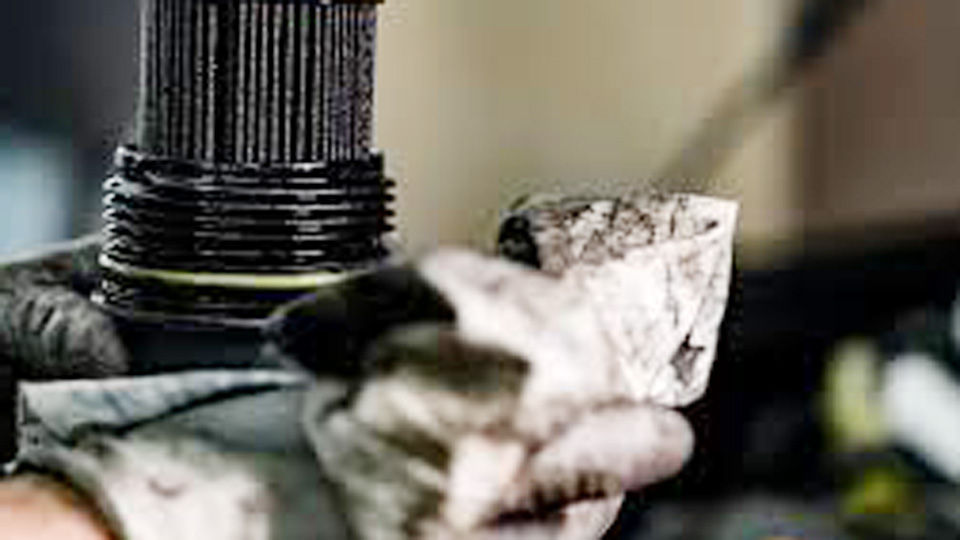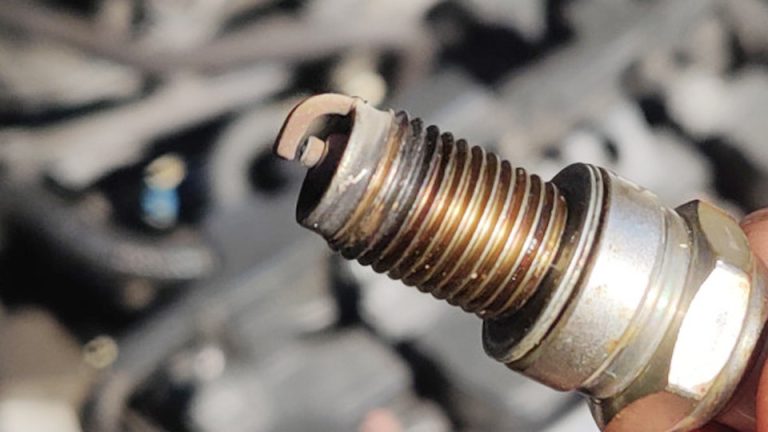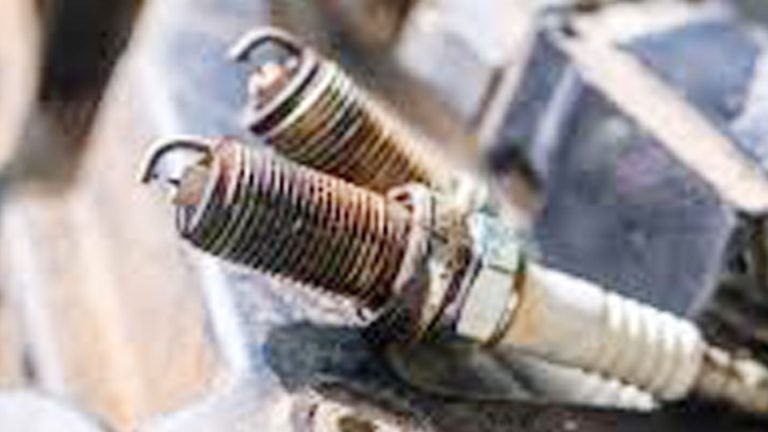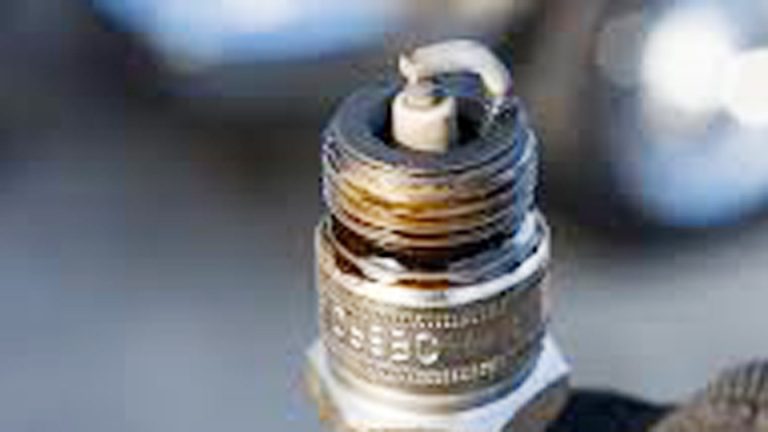When drivers ask me “What Happens If You Don’t Change Your Car Oil Filter?”, I usually say: think of it like trying to breathe through a dirty mask. The oil filter’s job is to trap dirt, metal shavings, and sludge so only clean oil circulates through the engine. If you skip changing it, the filter clogs up, oil flow gets restricted, and dirty oil ends up running through your engine. Over time, that leads to extra wear on moving parts, reduced performance, and in the worst cases, complete engine failure.
I’ve seen this firsthand in my garage—customers who kept up with oil changes but ignored the filter ended up with noisy engines, poor fuel economy, and sometimes costly repairs. A clogged filter can even trigger your oil warning light because the engine isn’t getting proper lubrication.
I’ll break down why the oil filter is just as important as the oil itself, the signs it’s overdue for a change, and how often you should replace it to keep your engine running smooth and protected. Skipping it might save a few bucks now, but trust me—it’s a shortcut that always costs more in the long run.

Image by smengineers
What Does a Car Oil Filter Do Exactly?
Your engine is a high-speed symphony of pistons, valves, and cams, all relying on oil to reduce friction and carry away heat. The oil filter sits in the oil circulation system, usually screwed onto the block or housed in a canister, and its job is to sieve out impurities before the oil loops back through.
In my years wrenching on cars, I’ve explained this to dozens of customers who come in thinking oil changes are just about the fluid. The filter captures tiny particles—think carbon deposits from combustion or wear from bearings—that would otherwise grind away at your engine internals like sandpaper. Without it, oil turns into a gritty mess, accelerating wear on components like the crankshaft and camshaft.
Common types include spin-on filters, which are easy to swap, and cartridge ones that fit inside a housing. For US vehicles like Chevys or Hondas, spin-ons are standard, but some European models use cartridges for better flow.
Signs That Your Oil Filter Is Clogged or Failing
You don’t always get a dashboard warning for a bad oil filter, but your car will drop hints if you’re paying attention. One big red flag is low oil pressure—your gauge might dip or the light flickers, especially at idle. I’ve had folks bring in their trucks where this was the first symptom, and sure enough, the filter was packed solid.
Another sign? Unusual engine noises, like knocking or ticking, as contaminated oil fails to cushion the parts. Overheating can creep in too, since dirty oil doesn’t dissipate heat well. If your exhaust smokes more than usual or you smell burning oil, that’s sludge buildup talking.
Performance drops are subtle at first: slower throttle response, reduced power on hills. Fuel economy suffers because the engine’s inefficient. In my shop, I’ve diagnosed these on everything from a ’15 Ford F-150 to an older Civic, and it’s often traced back to a neglected filter.
How Often Should You Change Your Car Oil Filter?
The old rule of thumb was every 3,000 miles with your oil change, but modern synthetics and better engines stretch that. For most US cars, aim for every 5,000 to 10,000 miles, or once a year—whichever comes first. Check your owner’s manual; my ’18 Ram calls for 8,000 miles, but in dusty conditions, I swap sooner.
Why the variation? Driving habits matter. City stop-and-go wears filters faster than highway cruising. Severe conditions like towing or extreme temps accelerate contamination. I’ve advised fleet owners to change every 5,000 miles to avoid downtime, and it saves them big.
Don’t just go by mileage—inspect during oil changes. If the oil looks black and thick, the filter’s likely overdue. Pro tip from experience: Always change the filter with the oil; skipping it defeats the purpose.
The Real Consequences of Ignoring Your Oil Filter
Alright, let’s get real about what happens if you don’t change your car oil filter. At first, it’s sneaky—the filter clogs gradually, restricting flow. Oil pressure drops, starving the engine of lubrication. Bearings and journals start scoring, leading to metal-on-metal contact.
I’ve torn down engines where this neglect caused rod knocks, and repairs ran $2,000-plus. Worse, sludge builds up, blocking passages and causing overheating. Valves stick, pistons score, and eventually, the engine seizes. Fuel efficiency plummets as friction increases, and emissions rise, potentially failing smog tests in states like California.
Safety-wise, a sudden failure could leave you stranded or cause loss of power steering if belts are affected. Cost? A new engine can hit $5,000-$10,000. Reliability tanks—your daily driver becomes unpredictable. From my garage tales, one customer ignored it on his Subaru, and it grenaded on a road trip. Don’t let that be you.
OEM vs Aftermarket Oil Filters: Making the Right Choice
When it’s time to replace, the big debate is OEM (Original Equipment Manufacturer) versus aftermarket. OEM filters, like those from Ford or Toyota, are designed specifically for your model, ensuring perfect fit and filtration specs. They’re pricier—say $15-25—but I’ve used them on warranty jobs to avoid voiding coverage.
Aftermarket options from brands like Fram or Mobil 1 are cheaper, often $5-15, and widely available at AutoZone or O’Reilly. They can match or exceed OEM quality, but quality varies. I’ve installed both; a good aftermarket like Wix holds up well in high-mileage vehicles.
Here’s a quick comparison table based on US market options for a common vehicle like a 2020 Honda Civic:
| Aspect | OEM (Honda) | Aftermarket (Fram) | Aftermarket (Mobil 1) |
|---|---|---|---|
| Price | $18-22 | $8-12 | $12-18 |
| Filtration Efficiency | High, per factory specs | Good, but varies | Excellent, synthetic media |
| Durability | Excellent, anti-drain valve | Decent, some leak reports | High, premium build |
| Availability | Dealerships, online | Everywhere | Auto parts stores |
| Warranty | Maintains vehicle warranty | May not, check fine print | Often warranty-friendly |
Pros of OEM: Reliability, exact match. Cons: Costlier. Aftermarket pros: Affordable, innovative features like better flow. Cons: Potential for fakes or subpar materials. In my experience, for daily drivers, a reputable aftermarket saves money without issues.
Best Oil Filter Brands Available in the USA
Navigating brands can be overwhelming, but stick to trusted ones. Mobil 1 tops my list—I’ve used their extended performance filters on performance builds, and they handle 20,000 miles easy. Available at Walmart or Amazon warehouses nationwide.
Fram is budget-friendly and ubiquitous; their Tough Guard line has impressed me on trucks, with extra dirt-holding capacity. Wix (now Mann+Hummel) is mechanic-approved for heavy-duty use, like in fleet vans.
Purolator offers great value; I’ve swapped them into family sedans without complaints. For luxury rides, Bosch or Mann filters mimic OEM quality. Avoid no-name generics—they often skimp on media, leading to bypass failures. In the US, check for API certification to ensure compatibility.
How to Tell If an Oil Filter Is Genuine or Fake
Counterfeits are a plague in the auto parts world, especially online. Genuine filters have crisp printing, holograms, or serial numbers—check the box. Fakes often have misspelled labels or cheap packaging.
Feel the weight; real ones are hefty with quality metal. Inspect the gasket—OEMs use durable rubber, not brittle plastic. I’ve spotted fakes on eBay buys; they leak or collapse under pressure.
Buy from authorized sellers like NAPA or dealerships. Scan QR codes if available. In workshops, we’ve tested by cutting them open—genuine media is uniform, fakes are patchy. Pro tip: If the price seems too good, it’s probably bogus.
Step-by-Step Guide to Changing Your Car Oil Filter
Changing your oil filter is DIY-friendly, but safety first—park on level ground, engine cool. Tools? Oil filter wrench ($10 at Harbor Freight), drain pan, rags, new filter, and oil.
Step 1: Drain the old oil. Remove the drain plug, let it flow into the pan. Wear gloves—hot oil burns.
Step 2: Locate the filter. On most US cars like Chevys, it’s accessible from below. Use the wrench to loosen—turn counterclockwise.
Step 3: Remove and inspect. Wipe the mounting surface clean. Compare old and new for match.
Step 4: Prep the new one. Rub fresh oil on the gasket, fill halfway with oil to prime.
Step 5: Install. Hand-tighten plus 3/4 turn. Don’t overdo it—I’ve seen stripped threads from overzealous twists.
Step 6: Refill oil, start engine, check for leaks. Dispose of old oil at recycling centers like AutoZone.
From my garage: On a ’12 Jeep, I once forgot to prime, and it took forever to build pressure. Lesson learned.
Common Mistakes to Avoid When Replacing Oil Filters
Biggest blunder? Over-tightening—makes next removal a nightmare. Use hand strength only.
Forgetting to drain oil first leads to a mess. I’ve cleaned up after DIYers who skipped this.
Using the wrong size filter—always cross-reference with your manual or app like RockAuto.
Not checking for double gaskets; old one sticks, causing leaks. I caught this on a customer’s BMW once.
Skipping the prime step delays lubrication. And always reset the oil life monitor if your car has one.
Maintenance Tips for Keeping Your Oil Filter in Top Shape
Beyond changes, monitor oil levels weekly—low oil stresses the filter. Use quality oil; synthetics like Mobil 1 reduce contaminants.
In dusty areas, inspect more often. For tuned engines, upgrade to high-flow filters.
Safety: Wear eye protection, use jack stands if under the car. Tools like a strap wrench make life easier.
Anecdote: Helping a buddy with his Mustang, we found the filter housing cracked from neglect—swapped to a metal aftermarket, problem solved.
Why Oil Filter Quality Affects Fuel Efficiency and Performance
A clean filter means better oil flow, less engine drag—boosting MPG by keeping everything slick. Clogged ones force bypass mode, circulating dirty oil and hiking fuel use.
In tests I’ve seen on dynos, fresh filters add 1-2% efficiency. For reliability, it prevents breakdowns; I’ve towed cars where this was the culprit.
Cost savings? Regular changes extend engine life, dodging rebuilds.
Conclusion
Wrapping this up, your car’s oil filter is crucial for keeping things running clean and efficient—neglect it, and you’re inviting wear, inefficiency, and breakdowns that hit your wallet hard. By understanding signs of trouble, choosing the right options like OEM for precision or quality aftermarket for value, and following proper installation, you’ll make smarter decisions that save time and money. One final pro tip from years in the pits: Always keep a spare filter in your trunk toolkit—it’s saved me on remote jobs more than once. Drive safe, and keep those engines purring.
Can You Drive with a Clogged Oil Filter?
Absolutely, but not for long— it’ll cause pressure loss and engine damage. I’ve seen short drives turn into tows; swap it ASAP.
What’s the Difference Between Oil Filter Types?
Spin-on are easy-twist cans; cartridges are inserts in housings. Spin-ons suit most US domestics, cartridges for some imports—both filter well if quality.
How Much Does It Cost to Replace an Oil Filter?
DIY: $10-20 for the filter plus oil. Shop: $50-100 with a full change. In the US, deals at chains like Jiffy Lube keep it affordable.
Is It Okay to Reuse an Oil Filter?
No way—it’s designed for one use. Reusing lets contaminants back in; I’ve never recommended it, even on tight budgets.
What Oil Filter Should I Use for High-Mileage Engines?
Go for ones with synthetic media like K&N or Royal Purple—they hold more dirt. Suited for older US rides like my ’90s Chevy, extending intervals safely.



